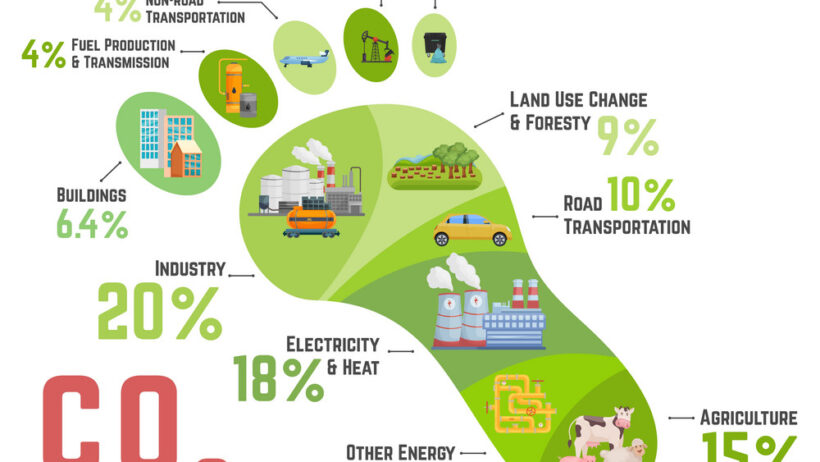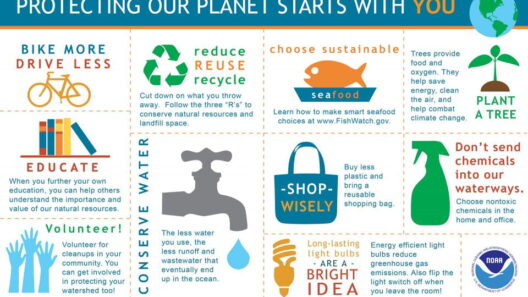Brazil, a nation known for its colossal rainforests and rich biodiversity, holds a paradoxical position in the realm of global warming. As the fifth-largest country in the world, it has vast natural resources, yet it simultaneously contributes significantly to global carbon emissions. What if Brazil, our vibrant host of the Amazon, were to find a way to balance its economic ambitions with its imperative to protect the environment? The dilemma lies in the challenge of fostering growth without exacerbating climate change.
The heart of Brazil’s carbon footprint can largely be attributed to deforestation, a catastrophic process that leads to elevated carbon emissions. The Amazon rainforest, often referred to as the “lungs of the Earth,” serves as a critical carbon sink, absorbing vast amounts of CO2. However, rampant logging, agricultural expansion, and illegal land encroachment have resulted in the obliteration of large swathes of this invaluable ecosystem. In fact, it is estimated that 20% of Brazil’s annual greenhouse gas emissions stem directly from deforestation activities. But why is this allowed to persist?
One primary driving force behind this devastation is the agriculture sector, which heavily relies on deforested land for cattle ranching and soybean cultivation. Brazil is the largest exporter of beef and soybeans in the world, generating substantial revenue for the nation’s economy. This economic boon, however, comes with a hefty price tag: the cascading effects on the environment and biodiversity. The interplay between economic development and ecological stewardship raises an essential inquiry—can Brazil sustain its agricultural predominance while concurrently combating its carbon emissions?
Moreover, Brazil’s industrial activities further exacerbate its carbon footprint. The manufacturing sector, though not as dominant as agriculture, still plays a significant role in contributing greenhouse gas emissions. Processes prevalent in steel, cement, and chemical production release copious amounts of CO2 into the atmosphere. Furthermore, the transportation industry, dependent on fossil fuels, substantially inflates the nation’s overall carbon output. With an extensive road network facilitating trade and commerce, Brazil’s reliance on carbon-intensive transportation methods poses a formidable challenge in the quest for sustainability.
Another noteworthy aspect of Brazil’s carbon profile is its energy mix. While Brazil is a global pioneer in renewable energy, particularly hydropower, the nation remains dependent on fossil fuels to a considerable extent. The reliance on oil and natural gas for transportation and industrial processes undermines attempts to achieve carbon neutrality. Interestingly, hydropower constitutes about 60% of Brazil’s energy matrix, which is commendable; however, some hydropower projects have led to local ecological disruptions and displacements that paradoxically contribute to carbon emissions. How can Brazil increase its renewable energy capacity while mitigating environmental and social costs?
The nation faces a dual predicament: the immediate demands of economic growth versus the pressing urgency of climate action. Climate change is no longer a distant threat; it is an existential crisis that impacts not only Brazil but the entire globe. The unpredictability of weather patterns, increased frequency of droughts, and alterations in biodiversity are becoming everyday realities. Consequently, engaging in a more comprehensive dialogue about sustainable practices becomes imperative. The question arises: how can Brazil galvanize its citizens, policymakers, and industry players toward a shared vision that prioritizes environmental integrity alongside economic advancement?
Brazilians are increasingly recognizing the pivotal role they play in addressing climate change. Grassroots movements, ecological activism, and public awareness campaigns are burgeoning across the country. Citizens are advocating for policies that prioritize reforestation, responsible land use, and stringent regulations against illegal deforestation. Communities are uniting to protect their local environments, leading the charge toward a more sustainable future. If collective consciousness continues to rise, it ignites hope for a paradigm shift in both behavioral and institutional practices.
In tandem with indigenous populations, local organizations are championing strategies that emphasize conservation and the sustainable use of resources. Indigenous knowledge systems contribute significantly to preserving biodiversity, as indigenous communities possess a profound understanding of ecological stewardship. Revitalizing these practices and integrating them into national policies could serve as a linchpin in Brazil’s fight against climate change. Would it not be prudent to empower these communities that have long been enriched with ancestral ecological wisdom?
International collaboration is equally vital. Brazil has the potential to partake in and uphold global climate agreements, yet political commitment remains critical. Sustainable financing and investment in green technologies from developed nations could amplify Brazil’s efforts in combating climate change while still catering to its economic aspirations. The challenge lies in fostering these international partnerships that transcend mere discussion and evolve into tangible action.
As we confront the daunting realities of climate change, it is crucial to remain hopeful. Brazil stands at a crossroads, equipped with both the resources and the know-how to pivot toward a more sustainable future. By embracing innovative solutions such as agroecology, renewable energy development, and conservation-based economies, Brazil could redefine its role in the global landscape. It beckons the thought—can Brazil balance its burgeoning economic presence with the unequivocal necessity to protect our planet? The answer rests not just on the shoulders of the government, but also on every citizen who holds a stake in the earth’s future.
In conclusion, the issues surrounding Brazil’s carbon footprint are intricate and multifaceted. While challenges abound, the prospect of enacting meaningful change is palpably within reach. As we navigate the complexities of a warming planet, Brazil could emerge as a beacon of hope and transformation in the battle against climate change. Let us collectively ponder the possibilities, champion resilience, and strive to leave a habitable world for generations to come.







